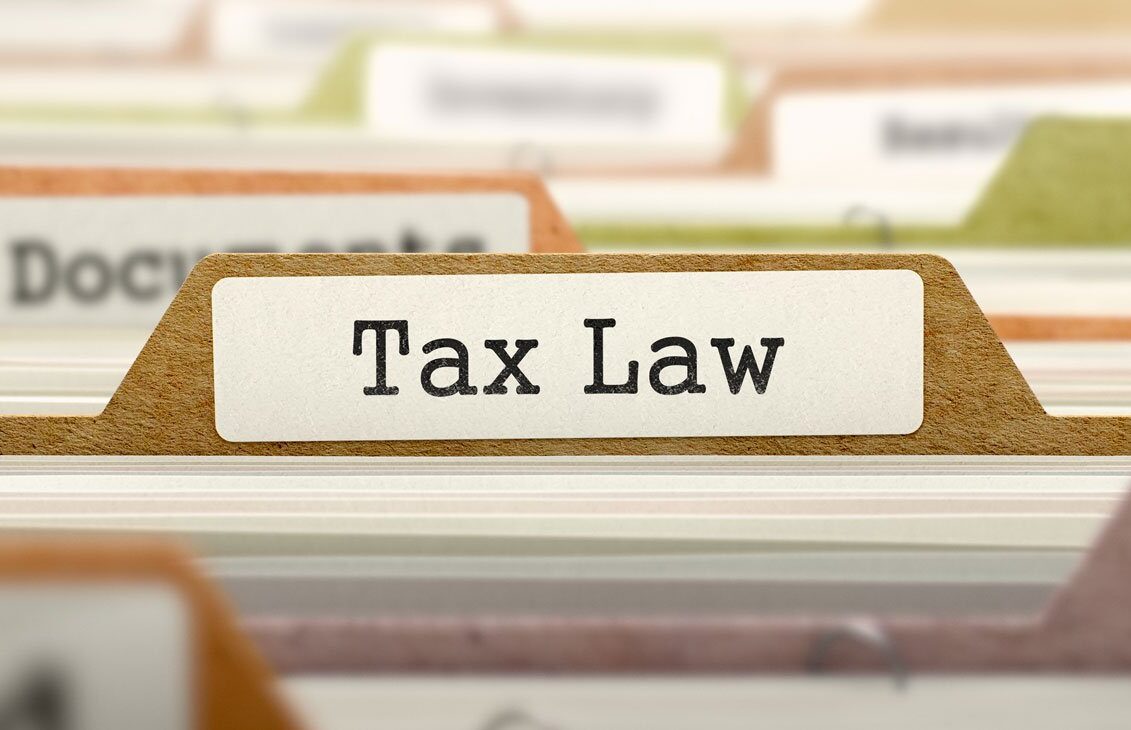Beginning in 2024, SECURE 2.0 will be eliminating RMDs on Roth plan dollars. This makes logical sense and brings Roth plan rules more in line with Roth IRA rules.
Keeping Your End of the Bargain
If a person has a Traditional IRA and is of the age when lifetime RMDs apply, then that person must withdraw a portion of that account annually. The amount withdrawn is based on the year-end balance from the previous year. One of the life expectancy tables determines the life expectancy factor. The IRS permitted the account owner to delay paying taxes on the IRA dollars for potentially decades. Now it is time for the account owner to keep his end of the bargain and pay up. This is all straightforward enough.
Roth IRA Accounts
If this same person also owns a Roth IRA, there are no RMDs to worry about during his lifetime. This makes logical sense. Roth IRA contributions are made with after-tax dollars, and the ultimate benefit of Roth IRAs is that any earnings within the account grow tax-free. Since existing Roth IRAs do not create any tax revenue for the government, there is no reason to force distributions like a traditional IRA. (Roth IRA dollars cannot remain in the account forever. Beneficiaries of these accounts do have to deplete them over a certain period. This pushes Roth IRA dollars back into circulation and out from under the tax-free umbrella.)
Workplace Plans
If this same IRA owner mentioned above also participated in a 401(k) through his employer, he would have an RMD on the entire balance within the plan. Regardless of whether the 401(k) dollars were held within the pre-tax “bucket” in the plan or the Roth bucket, all dollars would be factored into the RMD calculation. This was the case until recently.
Example:
John is 75 and retired. He has a 401(k) with a total balance as of December 31, 2022, of $1 million. This is split equally between pre-tax and Roth plan dollars. Based on his age, John will use a factor of 24.6 (from the Uniform Lifetime Table) to calculate his 2023 RMD. $1 million divided by 24.6 results in a 2023 RMD for the 401(k) of $40,651. John will need to take this RMD before the end of the year.
In 2024, eliminating RMDs on Roth plan dollars will go into effect. After John withdraws the 2023 RMD (and based on market fluctuations throughout the year), John’s 401(k) balance on December 31, 2023, is back to $1 million. It remains equally divided ($500K each) between pre-tax and Roth. John’s 2024 RMD will be calculated only on the pre-tax portion of his account. As such, using the applicable factor for a 76-year-old (23.7), John’s 2024 RMD will only be $21,097.
Takeaway
This is welcome news for anyone with a workplace plan subject to RMDs on the Roth dollars within that plan. Historically, the only way for retirees to avoid RMDs on their Roth plan dollars was to roll over those funds to a Roth IRA. Beginning in 2024, thanks to SECURE 2.0, no longer will such a rollover be necessary to avoid unwanted RMDs on Roth plan dollars.
By Andy Ives, CFP®, AIF®
IRA Analyst











